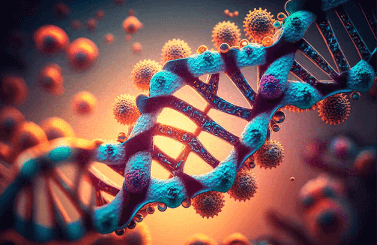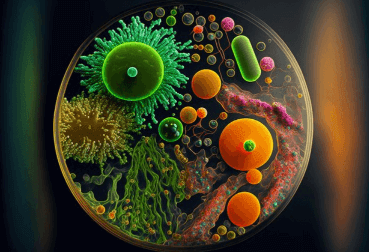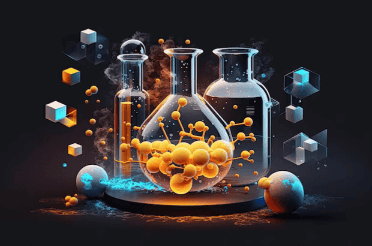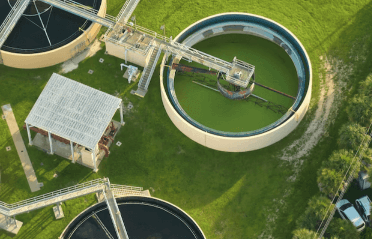Question
a.
photophosphorylation
b.
the chemiosmotic mechanism
c.
substrate level phosphorylation
d.
the pentose phosphate pathway
Posted under Microbiology
Interact with the Community - Share Your Thoughts
Uncertain About the Answer? Seek Clarification Here.
Understand the Explanation? Include it Here.
Q. In glycolysis, ATP is created by
Similar Questions
Explore Relevant Multiple Choice Questions (MCQs)
Q. Suppose a eukaryotic cell had a mutation that prevented the production of cytochrome c. As a result of this mutation, which of the following processes would not occur?
View solution
Q. Which of the following best explains about the usefulness of the production of ethanol in yeast cells under anaerobic conditions?
View solution
Q. The final electron acceptor in the electron transport chain is
View solution
Q. The amount of energy (cal/mole) in an ATP molecule produced by a cell from glucose by fermentation is
View solution
Q. The enzymes for glycolysis are located
View solution
Q. Glucose can be broken down to pyruvate by
View solution
Q. In lactic acid fermentation, the final electron acceptor would be
View solution
Q. The amount of ATP that can be obtained by complete oxidation of a glucose by a bacterium is
View solution
Q. Which of the following is accomplished in chemiosmosis?
View solution
Q. A yeast or fungal cell produces how many net ATP molecules per molecule of glucose when completely oxidized?
View solution
Q. Before most molecules can enter the Krebs citric acid cycle, they must be converted to
View solution
Q. How many oxygen molecules are required in the fermentation of one molecule of glucose to ethanol and CO2?
View solution
Q. Most bacterial fermentations yield how many net ATP molecules per molecule of glucose?
View solution
Q. The amount of ATP produced by a cell from glucose when metabolizing it by fermentation means is
View solution
Q. Which one of the following is produced in the greatest numbers during one turn of the Krebs cycle?
View solution
Q. Aerobic respiration differs from anaerobic respiration in which of the following respects?
View solution
Q. For each pair of electrons passing from NADH located inside the mitochondria to oxygen, how many ATP molecules can be generated?
View solution
Q. In anaerobic respiration, the final electron acceptor can be
View solution
Q. Which one of the following is not produced in any of the steps of glycolysis?
View solution
Q. The number of ATP molecules produced from one glucose molecule by a bacterium producing lactic acid is
View solution
Recommended Subjects
Are you eager to expand your knowledge beyond Microbiology? We've handpicked a range of related categories that you might find intriguing.
Click on the categories below to discover a wealth of MCQs and enrich your understanding of various subjects. Happy exploring!








